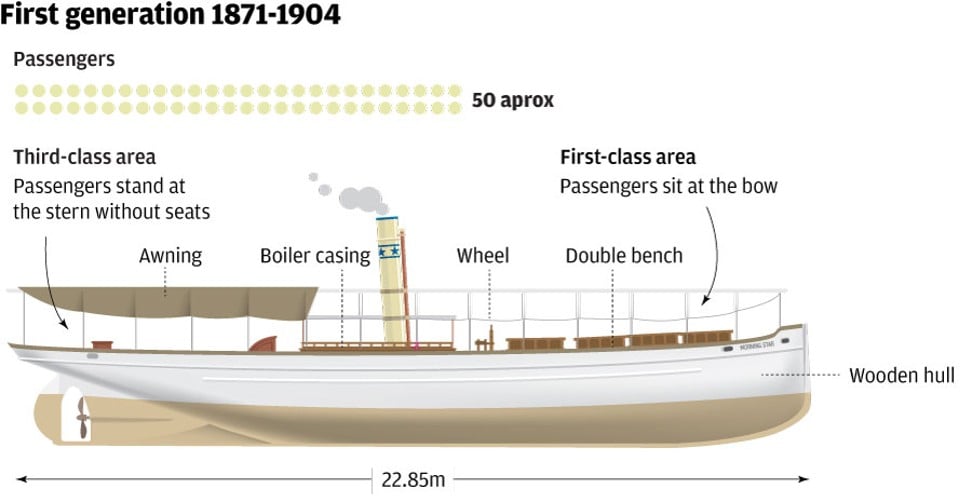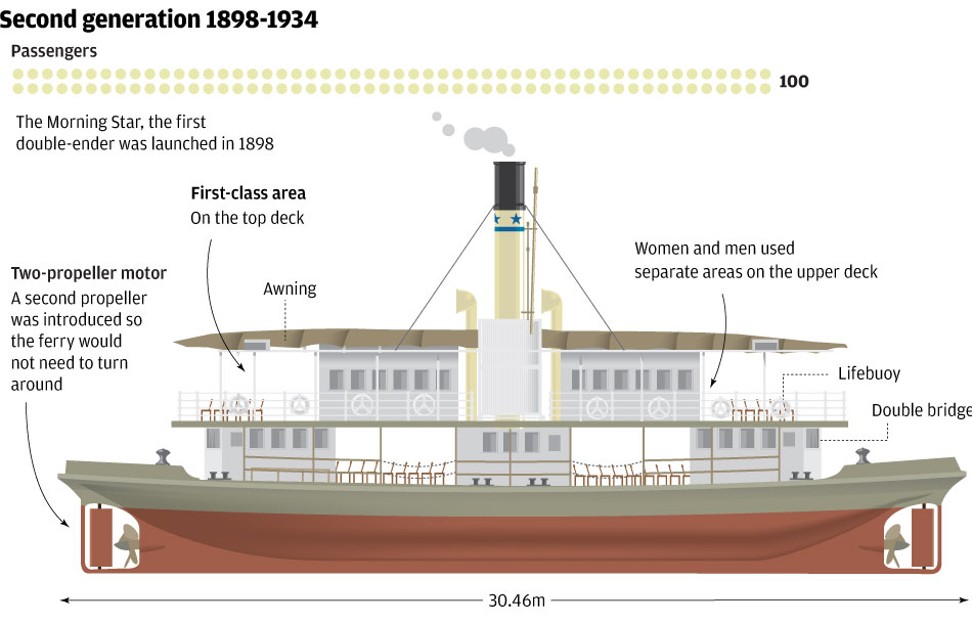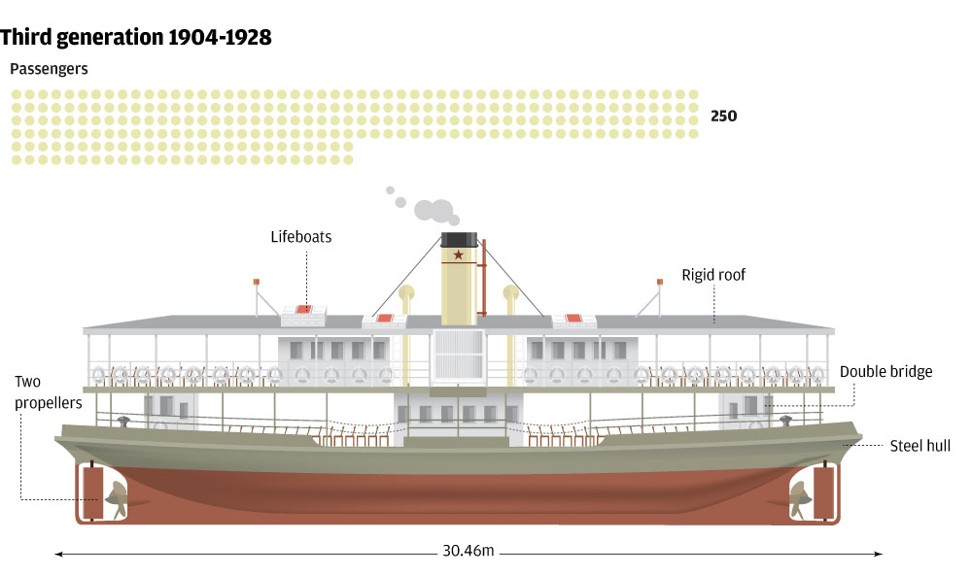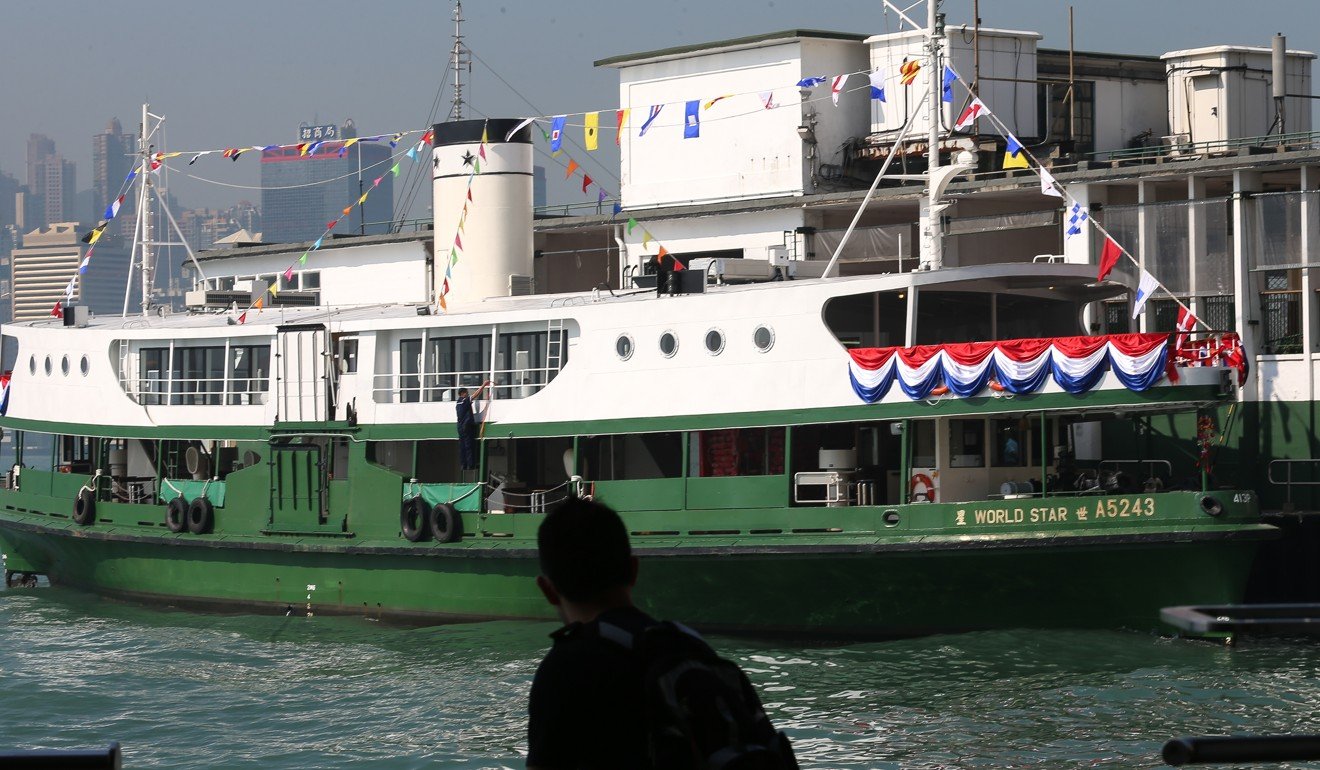
The 120-year-old story of Hong Kong’s iconic Star Ferry
Famous mode of transport across Victoria Harbour sails on in the face of changing times, buoyed by its rich history and place among city’s collective memory
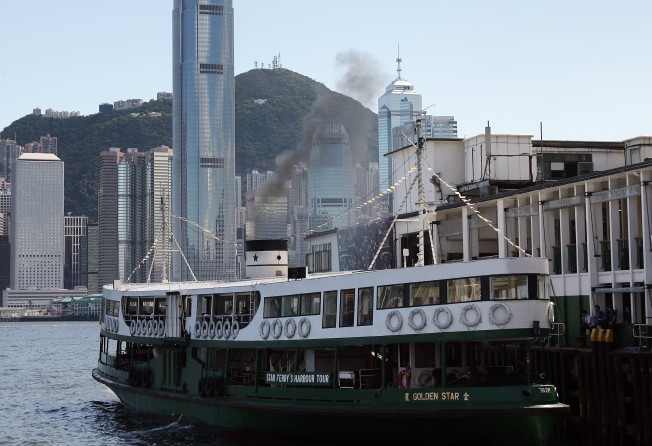
No picture of Hong Kong’s skyline is complete without the green and white ferry plying Victoria Harbour. Each day, more than 50,000 passengers cross the waters between Tsim Sha Tsui on the Kowloon side and the Central or Wan Chai Ferry Piers on Hong Kong Island.
Visitors take the distinctive Star Ferry to snap pictures of one of the world’s most photographed waterfronts, and local residents use it to avoid the MTR crowds and peak-hour tunnel jams.
The Star Ferry, as one of the city’s oldest modes of transport, is emblazoned in the collective memory of Hongkongers.
City Weekend explores the long history behind the icon of the “fragrant harbour”.
Before the ferry service was established, crossings were conducted on individually-owned sampans, or Chinese wooden rowing boats.
The Star Ferry’s colourful history dates back to 1888 when Parsee merchant Dorabjee Naorojee Mithaiwala founded the Kowloon Ferry Company. In 1898, British businessman Sir Catchick Paul Chater bought what had grown to become a fleet of four ferries, and the service became known as the Star Ferry Company.

The names of the original four vessels – Morning Star, Evening Star, Rising Star and Guiding Star – were inspired by British poet Alfred Lord Tennyson’s Crossing the Bar, which has the line: “Sunset and evening star, and one clear call for me!” The four boats had a total capacity of 100 passengers.
In 1912, the Star Ferry Company stirred controversy by rejecting the Canton coinage, which was, at the time, legally accepted tender alongside the Hong Kong currency.
In 1933, the company made history again by launching the first diesel-electric passenger ferry, the Electric Star.
During the Japanese occupation of Hong Kong, invading forces commandeered two ferries to transport prisoners of war from Sham Shui Po to Kai Tak Airport. Both vessels were sunk in battles against American forces in 1943, but later recovered and fixed after the second world war.
In 1957, the present-day, dual-level piers on either side of Victoria Harbour, designed to accommodate 55 million trips per year, were completed. The Star Ferry remained the primary means of cross-harbour transport until the Cross-Harbour Tunnel opened in 1972.
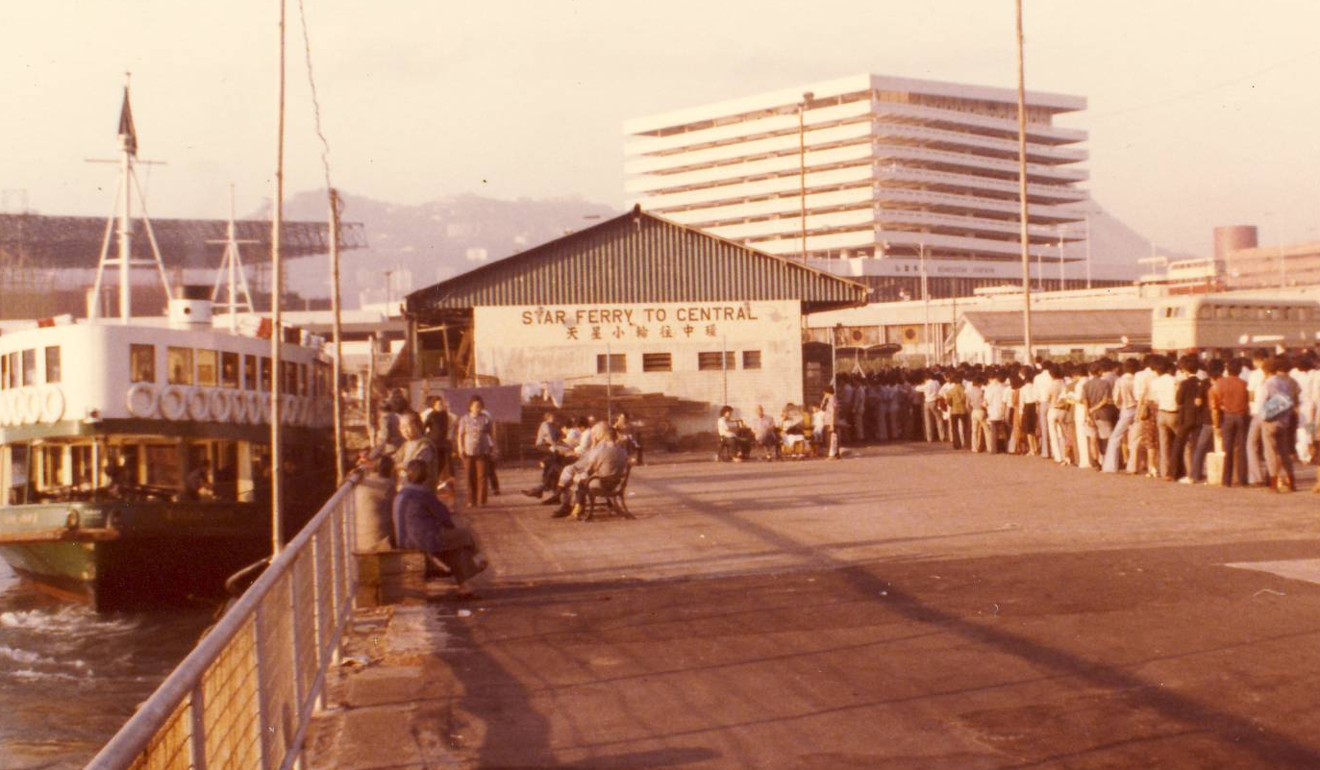
The Star Ferry Company now employs about 170 people to manage its nine boats, including 130 sailors and engineering staff and 40 coxswains.
The two newest ferries, the Golden Star and the World Star, can transport up to 762 people. While land reclamation on both sides of the harbour has reduced the journey to a mere seven to eight minutes, the crossing was still rated in 1999 by magazine National Geographic Traveler as one of 50 “places of a lifetime”.
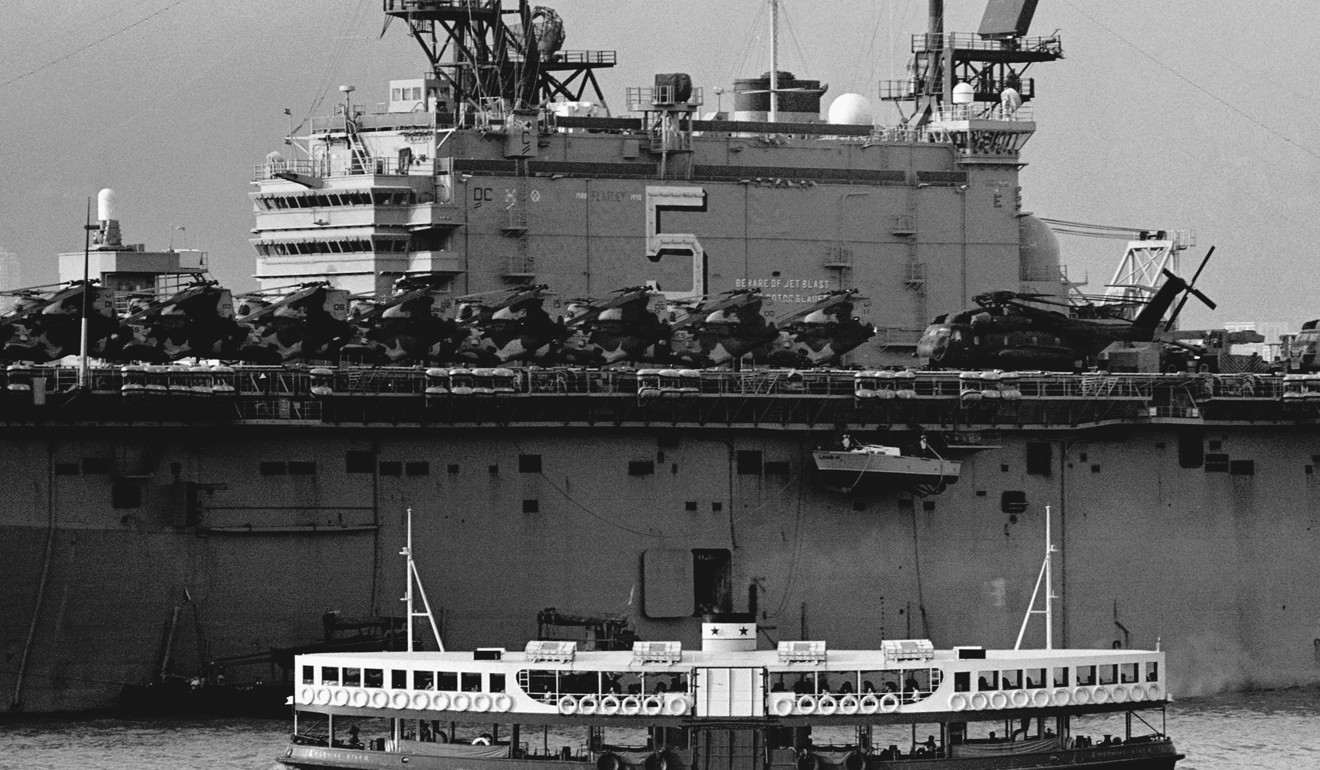
In March, the Hong Kong government renewed the company’s franchise rights, allowing it to continue operating for another 15 years. But the company faces the problem of an ageing workforce, with fewer young people interested in joining its ranks. This has raised concerns about the future of the cultural symbol.
In response, the company has taken precautionary measures. This includes a fare rise by an average of 8.9 per cent in 2017. For example, the upper-deck fare for adults on the Central-Tsim Sha Tsui route rose from HK$2.50 to HK$2.70 on weekdays and from HK$3.40 to HK$3.70 on weekends and public holidays.
The operator also recently announced it would begin to offer free Wi-fi in the waiting areas of its three piers, train service staff to be proficient in Mandarin and English, and revamp its propulsion and exhaust systems for lower emissions and higher fuel efficiency.
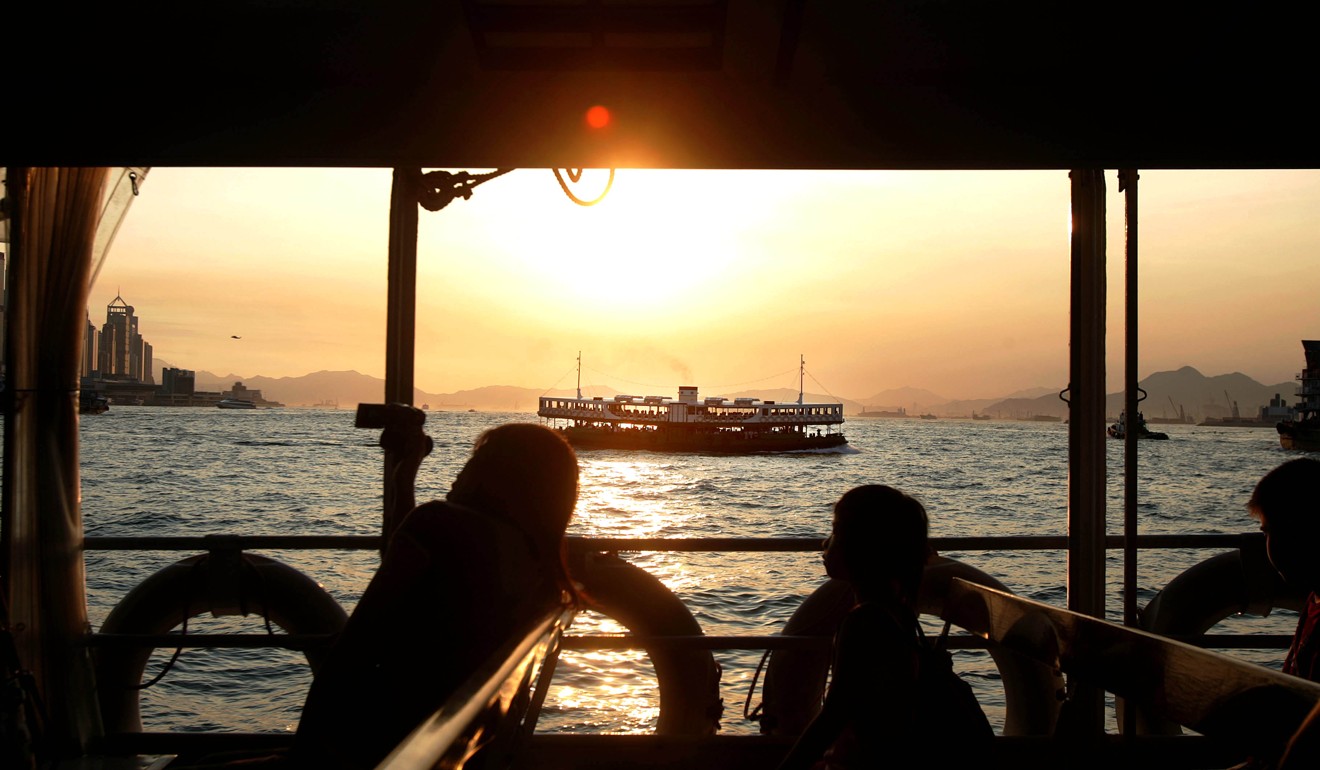
In the 120 years since its founding, the company has grown from a handful of single-deck coal-powered boats to a fleet of diesel-electric vessels. All ferries operate with air-conditioned upper decks during Hong Kong’s humid summer.
With other waterborne transport across Victoria Harbour now available, some 26 million people still opt to take a ride on the green and white ferries each year.
Whether it will sink or swim with the times, it is undeniable that the Star Ferry will always have a place in the hearts of Hongkongers.
